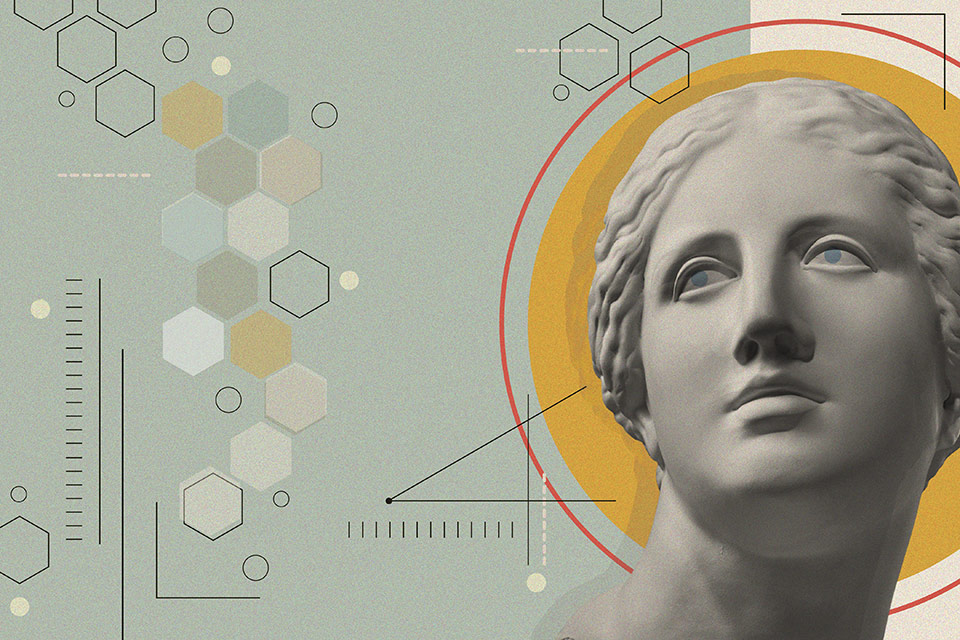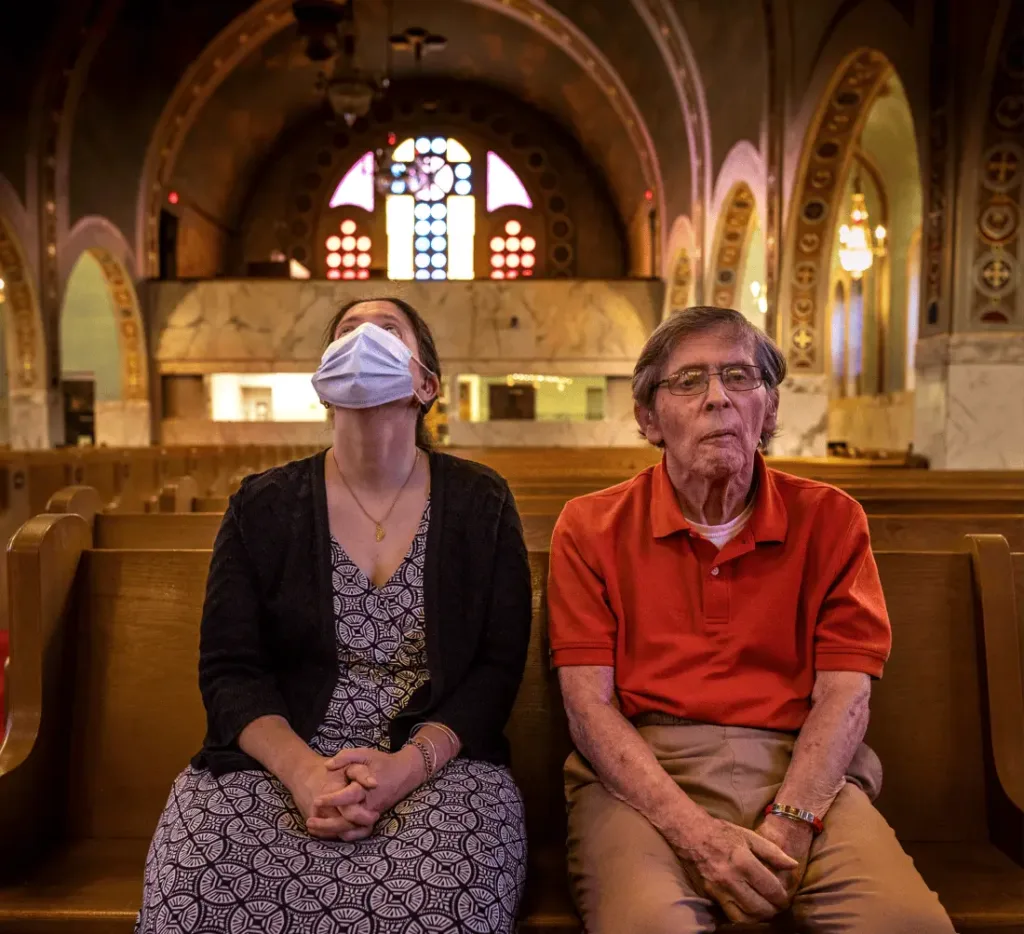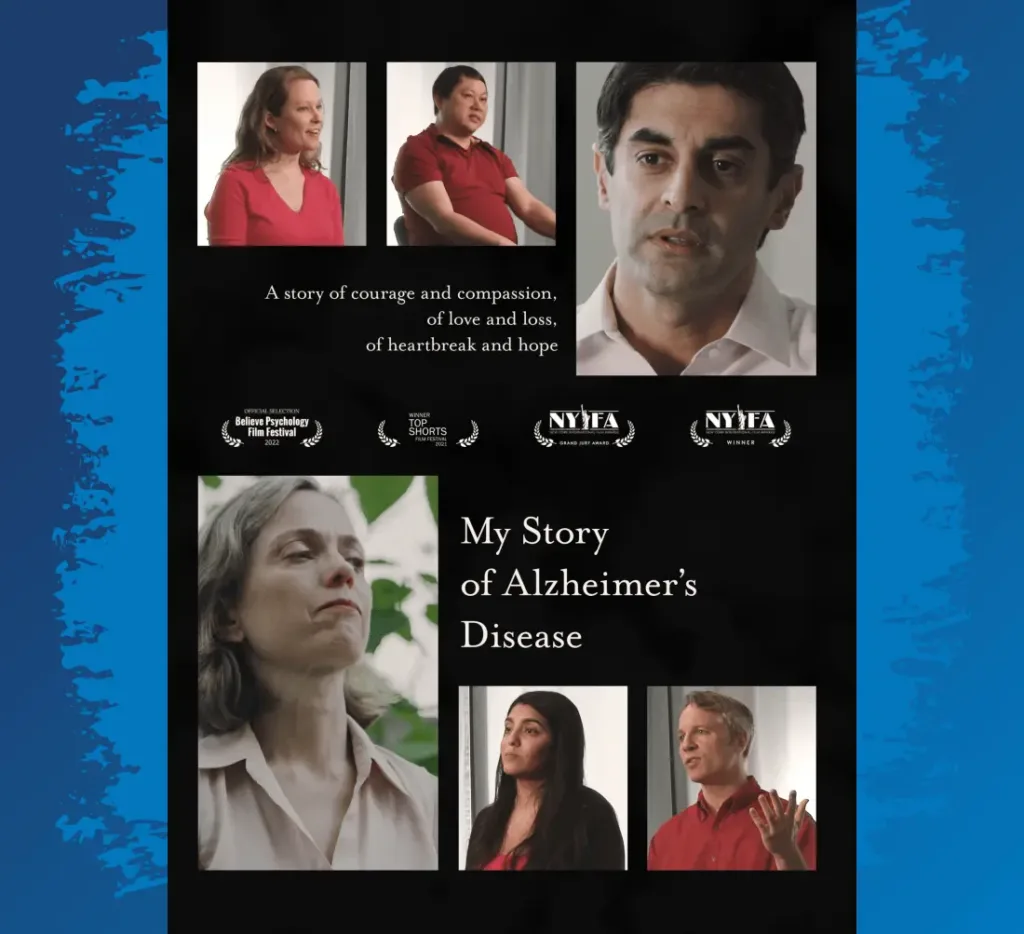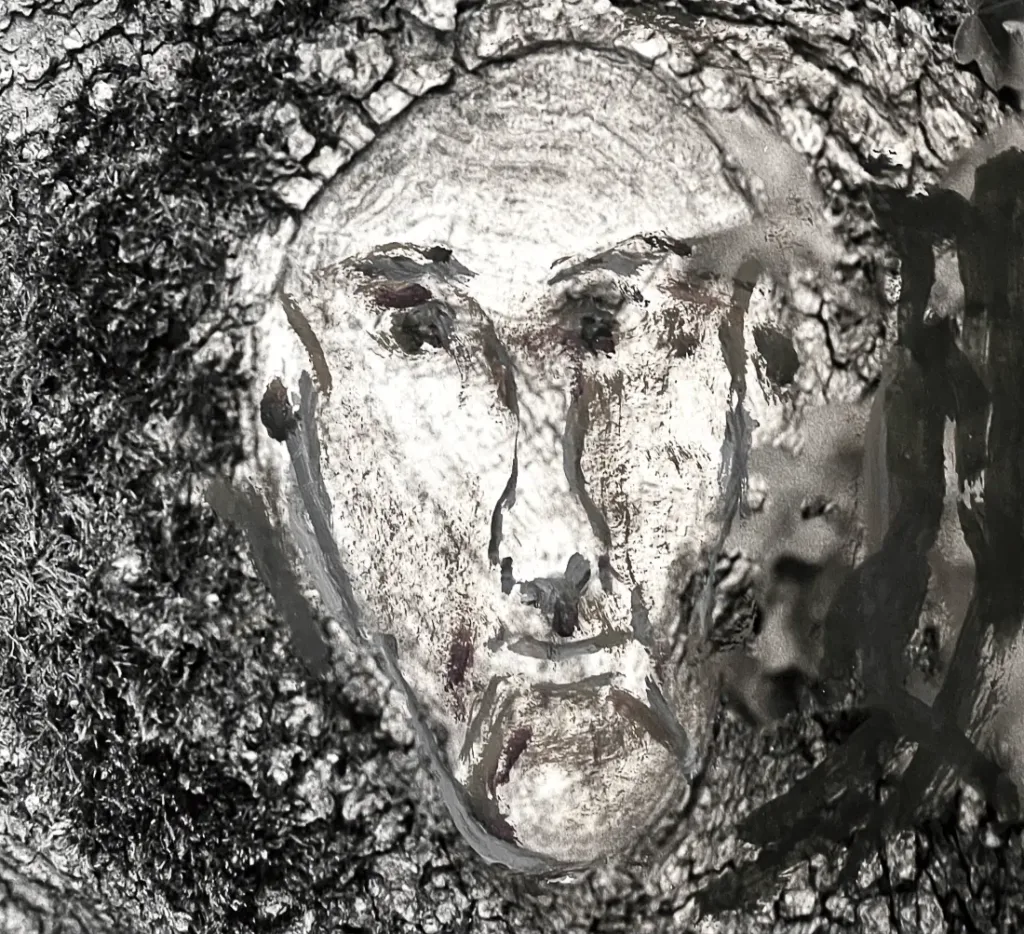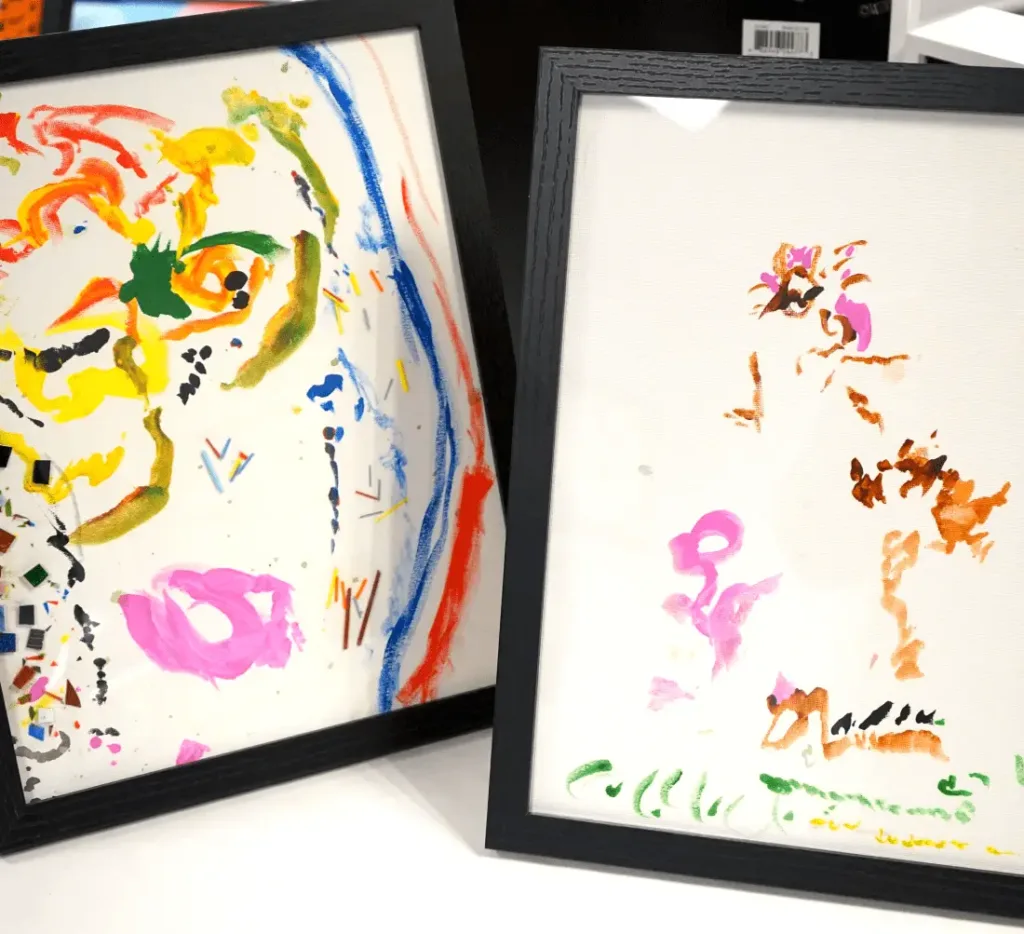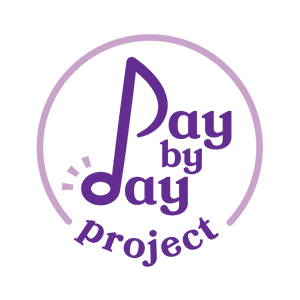2020 Research Studies Find Improved Quality-of-Life from Arts Programming
Art therapy research has shown that non-pharmaceutical therapies such as visual art-making have a positive impact on neuropsychiatric symptoms and quality of life in people with Alzheimer’s disease.1 Three important research studies published in major peer-reviewed healthcare journals in 2020 found positive results for dementia-focused arts interventions. A summary of these findings is described below.
Agitated behavioral symptoms of dementia are one of the main causes of caregiver burnout and early institutionalization. The co-authors of an article in the Journal of Nursing Research in 2020 utilized an experimental research design involving 54 participants with dementia receiving day treatment services. Divided into three participant groups (where art therapy was provided to one group [n=24], reminiscence therapy to another group [n=24], and the remainder of the research subjects received neither intervention), the main purpose of this study was to compare the effects of two different creative interventions on agitated behaviors in comparison to no such intervention. The art therapy intervention (and the reminiscence therapy) consisted of 50-minute sessions provided once per week over 12 weeks and included such activities as picture-painting and crafting a gift. Based on periodic cognitive assessments, the authors concluded that both reminiscence therapy and art therapy alleviated agitated behaviors in older adults with dementia.2 Notably, other findings from published research studies on arts interventions in dementia patients have similarly noted decreased agitation during (and after) involvement in visual art-making.
A different study published in 2020 in Frontiers in Psychology was based on results of a program titled “Art, Colors, and Emotions” Treatment (ACE-t)”. This study involved 20 participants and 14 sessions. In this prospective study, art-viewing and art-making involving primary colors occurred in each of the sessions. The study’s findings suggested improvement in general cognition, language usage, and reduction in Neuropsychiatric Inventory Scale (NIS) scores following the art-making intervention.3 (The NPI is a validated questionnaire first developed in 1994 that measures the presence and severity of 12 behavioral symptoms, as well as caregiver distress.4)
An insightful article titled Dementia and Imagination was published in 2020 in The Gerontologist. 5 This article presented findings from a longitudinal study conducted in the UK involving 125 dementia-afflicted participants plus 146 caregivers in residential care homes, a hospital, and at-home. The program included art-viewing and art-making, and was delivered in weekly sessions over a 12-week period.6 The authors took a novel approach to determining the return-on-investment of arts interventions for people with dementia by incorporating social factors such as quality-of-life in their cost-benefit analyses. In this way they called attention to the value of arts programming in relation to health economics which is obviously important given the tremendous cost and burden of dementia on national economies.
As increased understanding into the promotion of cognition to stave off the mental and physical decline in dementia-afflicted people occurs in future, the creative arts likely will be viewed as much more crucial to maintaining “brain health” than at the present time. However, art therapy researchers, dementia-focused art therapists, and the caregivers of dementia-afflicted people can already attest in general to the value of group art-making activities in fostering feelings of well-being and social connection. For both the paid and unpaid caregivers of people with dementia, that is no small accomplishment.
REFERENCES
1 Savazzi F, Isernia S, Farina E, et al. (2020). “Art, Colors, and Emotions” Treatment (ACE-t): A Pilot Study on the Efficacy of an Art-Based Intervention for People With Alzheimer’s Disease. Frontiers in Psychology 11: 1467. Webpage: https://www.ncbi.nlm.nih.gov/pmc/articles/PMC7378782/
2 Hsiao CY, Chen SL, Hsiao YS, et al. (2020). Effects of art and reminiscence therapy on agitated behaviors among older adults With dementia. Journal of Nursing Research 28(4): e100. Webpage: https://pubmed.ncbi.nlm.nih.gov/31985558/
3 Savazzi F, Isernia S, Farina E, et al. (2020). “Art, Colors, and Emotions” Treatment (ACE-t): A Pilot Study on the Efficacy of an Art-Based Intervention for People With Alzheimer’s Disease. Frontiers in Psychology 11: 1467. Webpage: https://www.ncbi.nlm.nih.gov/pmc/articles/PMC7378782/
4 ARIC Neuropsychiatric Inventory Questionnaire.(Dated April 1, 2016). https://sites.cscc.unc.edu/aric/sites/default/files/public/forms/NPI_0.pdf
5 Jones C, Windle G, and Tudor Edwards R. (2020). Dementia and Imagination: A Social Return on Investment Analysis Framework for Art Activities for People Living With Dementia. The Gerontologist 60(1): 112-123. Webpage: https://pubmed.ncbi.nlm.nih.gov/30476114/
6 Jones C, Windle G, and Tudor Edwards R. (2020). Dementia and Imagination: A Social Return on Investment Analysis Framework for Art Activities for People Living With Dementia. The Gerontologist 60(1): 112-123. Webpage: https://pubmed.ncbi.nlm.nih.gov/30476114/

